While you might not consider edible insects and bugs for your everyday meals, most of these small critters are popular around the world for their amazing nutritional value. Many communities around the world happily create a delicacy out of insects either by a rule of tradition and custom or as a modern idea.
Why should you eat bugs anyway?
To start, insects are the most abundant source of proteins on the planet and are packed with other essential nutrients such as good fats, fiber, omega 3, and vital minerals.
Entomophagy, or the eating of insects, is fast gaining worldwide recognition with close to two billion people willing to accept insect dishes. It is also a safe and healthy way to curb insects without necessarily using insecticides. If you do not eat them, this would also be a challenge for you to accept them in your emergency-survival diet.
Furthermore, raising and harvesting insects is far easier and requires less space than raising livestock, and it is also cost-effective since they require less food to give more product. Besides, farming and gathering insects can be a form of employment, especially in the tropical regions where lots of them thrive.
So, which are the edible bugs? Read on to learn more about which ones to eat and which to steer clear of.
Table of Contents
1. Grasshoppers
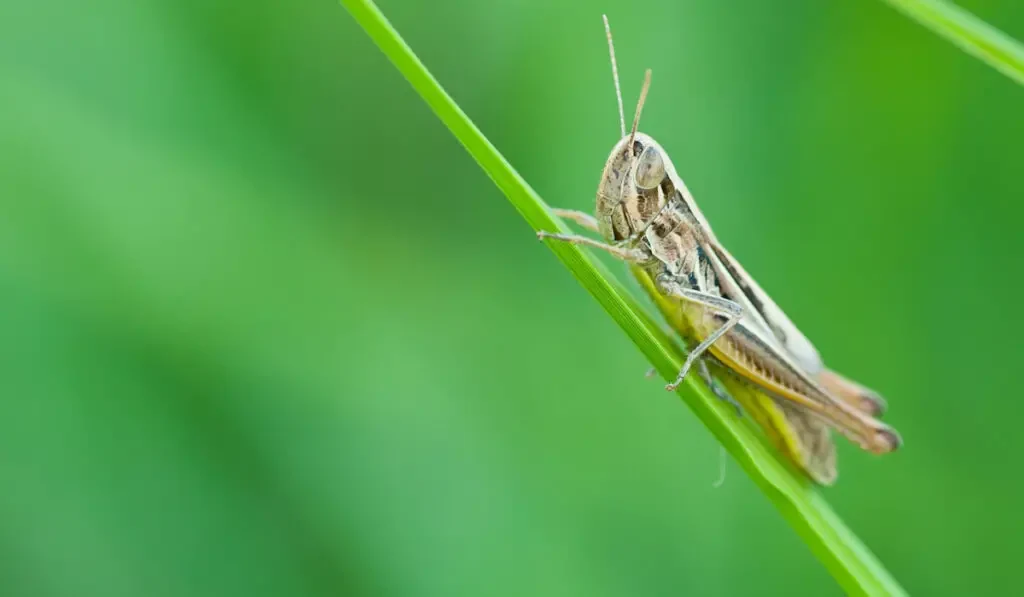
High in protein, grasshoppers are popular worldwide, especially in Mexico, Asia, parts of Africa, and Latin America.
They are quite easy to catch in the wild because of their large numbers, but be sure to avoid any bright-colored ones like the eastern lubber, commonly found in Texas and other southern states. These could be poisonous and can make you sick.
In Mexico, they are considered a popular delicacy where they are fried then tossed in chili and lime salt, others with garlic and lemon. To prepare them, remove the wings and legs, although they are edible, doing this reduces the chances of parasite transmission in case you are eating them raw, otherwise cook them.
You can also dry roast them if you have a pan, or skewer and roast over a flame, add a little salt and your snack is ready to go.
2. Ants
Many ant varieties like the Honeypot, Lemon, and Leafcutters are edible and in high demand around the globe. The Chinese, for example, keep warm in the winter with ant soup.
Ants are a good source of proteins and other essential nutrients. They also have a lemony, citrusy flavor, making them sought after for high-end dishes.
The larvae and pupae of the weaver ants are in high demand in Asia and parts of South America.
Ants are easy to capture since you can do it with your bare hands, but a stick might go a long way to help you push them into a jar of water that enables you to drown them in large numbers.
When preparing ants, it is recommended to first boil them for about six minutes before frying to neutralize their acidity. However, they can be eaten raw. Just ensure that they are dead before eating them because they can bite you.
3. Beetles
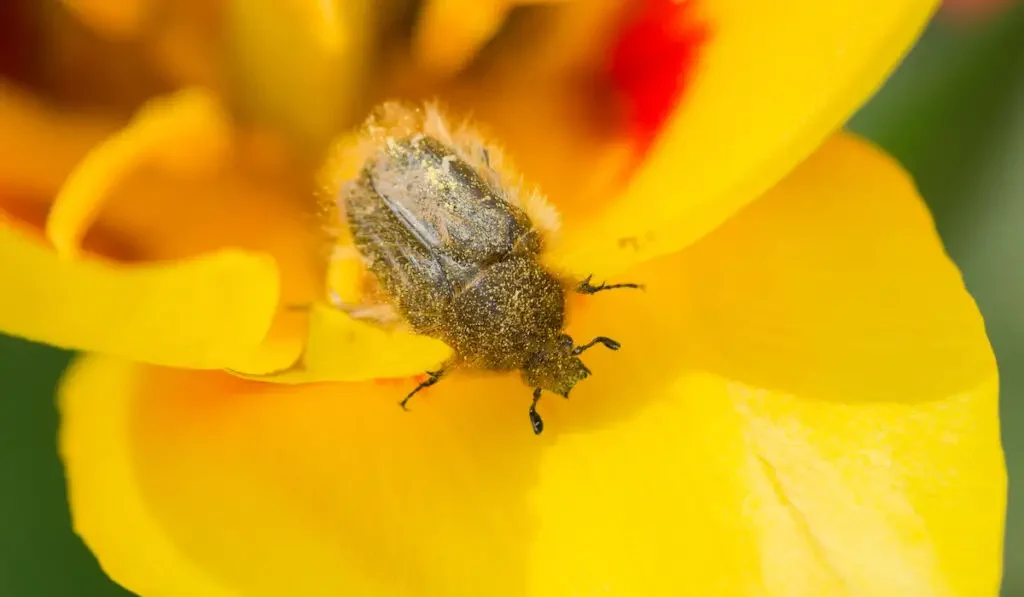
Explicitly known for being high in proteins, beetles are a famous snack worldwide, especially in the Amazon and parts of Africa. They are also rich in vitamins, minerals, and other essential nutrients.
They are often served either roasted or fried and used in various recipes, but with their head and limbs removed.
They also have a wide range of applications, such as adding color to beverages, such as with Starbucks back in 2012, though it was not well received.
4. Locust

Much like crickets and grasshoppers, locusts are common insects around the world. They are also among the most eaten edible bugs because they are easy to catch and mostly travel in swarms.
They can be eaten raw or cooked, but just to be safe when eating them raw, it is good to remove the wings and limbs to avoid chances of parasite transmission.
Locusts are known to wreak havoc on vegetation, especially in regions having a hard time with their growing. This is all the more reason you should start with them when trying out the edible bugs.
5. Cicadas
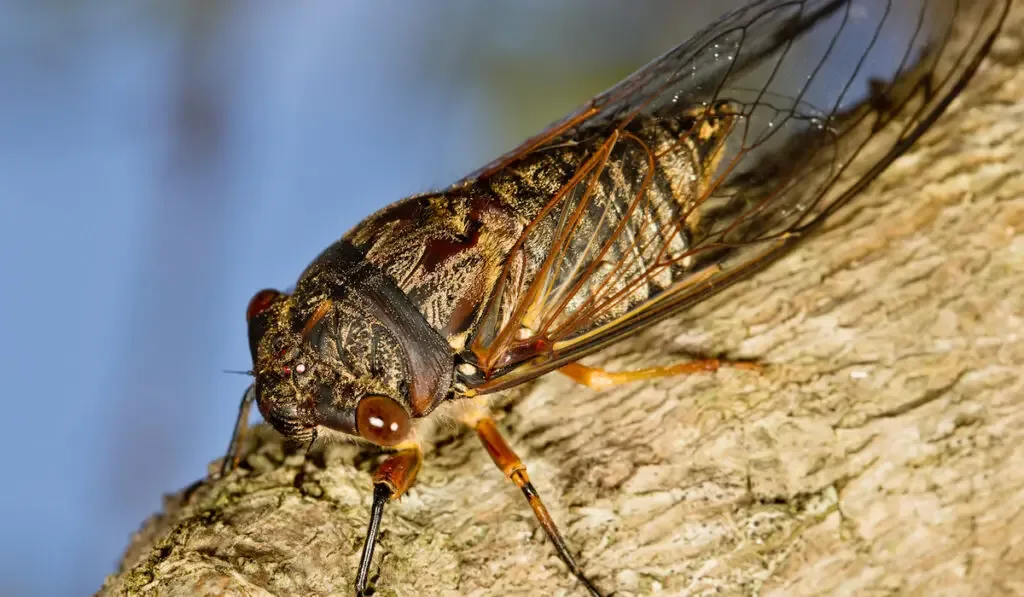
They are a popular delicacy in Asian countries like Malaysia, Thailand, and Japan. They are also found in the eastern parts of the United States.
They are pretty easy to prepare since you don’t have to stick to one cooking method specifically, but you can roast, boil, or fry them. However, they are said to taste incredibly delicious when deep-fried and dipped in a sweet mustard sauce.
You will also want to eat cicadas just when they molt to have the best asparagus-like flavor.
6. Termites
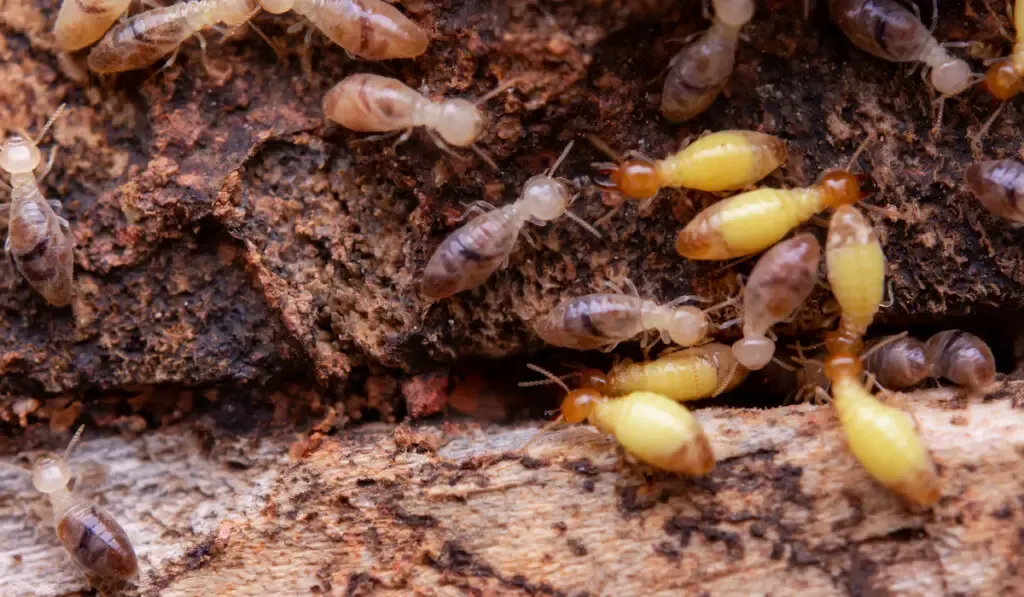
Termites are best known for chewing through wood, but they are a widely sought-after delicacy in Africa and some other parts of the world. They are rich in proteins, fatty acids, iron, calcium, and other micronutrients. Unlike other insects, they are less likely to carry parasites since they spend most of their lives buried away in the wood.
The larvae, soldiers, workers, nymphs, and queens cannot fly so are more accessible to snag, unlike mature adult termites who have fully developed wings and can fly.
They are best served fried, smoked, or sun-dried. They have a crispy texture.
7. Caterpillars

Considered an important source of protein, caterpillars are a sought-after delicacy in many parts of the world. For example, in South Africa, they are abundant in the wild, especially during the rainy season, and are popular for dinner tables.
They are also popular in Asia and Mexico, where they are traditionally fried or braised, seasoned with a spicy sauce like chili, and wrapped in tortillas. They are alternatively found at the bottom of mescal tequila bottles.
However, not all caterpillars are edible. If you are out to catch them on your own, keep off the brightly colored ones or those hairy ones since they could be poisonous.
8. Grubs

Grubs are typically the larval stage of a variety of beetles. They range in size, depending on the type of beetle the larvae are. Among the most common are the witchery grub in Australia, palm weevil grubs in Asia, mopane worms in Africa, and giant water bugs in North America.
They have a high protein content, and some are fat and juicy like rhinoceros beetle larva, while others are small and crunchy like mealworms. To prepare them, skewer them lengthwise and roast them over an open flame till the skin gets crispy.
9. Centipedes
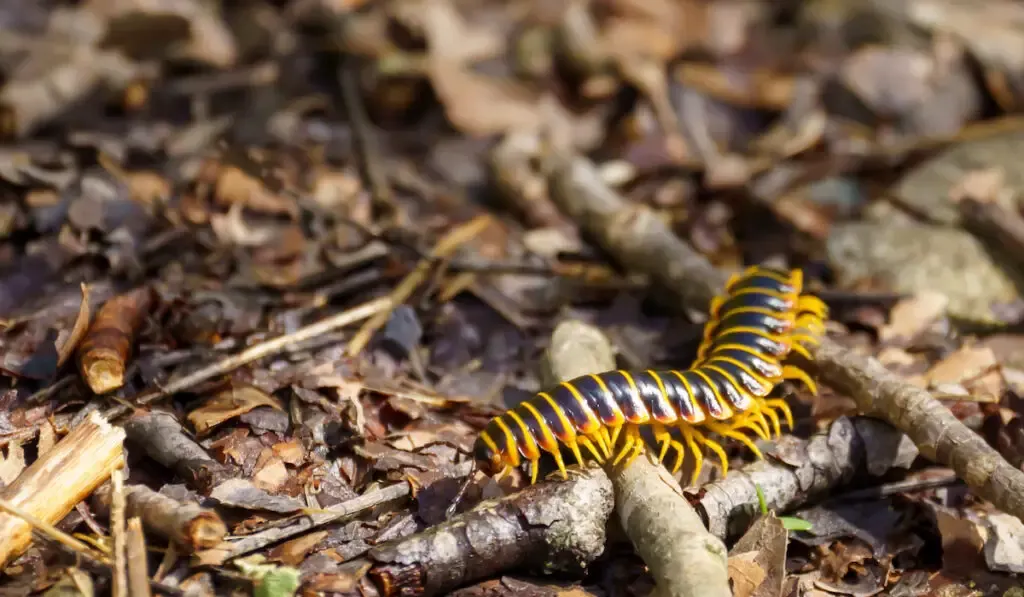
Yes, centipedes are edible. The Aboriginals of Australia can attest to this. Additionally, they are traditionally used in Chinese medicine in their powder form and are highly esteemed street foods in China.
However, you will want to eat a centipede that is well cooked since, in its raw state, it can be venomous, and digesting venom might not be a fun idea.
10. Crickets

Found all around the globe, most crickets are edible. Crickets are a good source of protein, among others iron, vitamin B12, and fiber.
There are a variety of ways to prepare them, among roasting and deep-frying. Alternatively, you can have your cricket intake through cricket powder that has a nutty flavor.
In other countries like Cambodia, you can snack on crickets served on sticks, while in Thailand, you can purchase a bag of ready-to-eat pregnant crickets.
11. Dragonflies
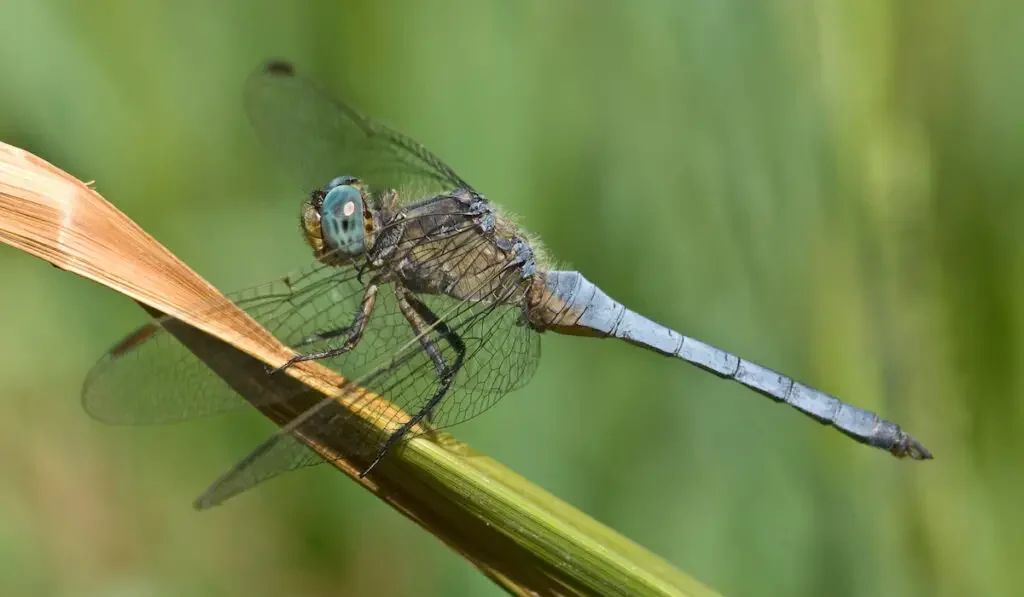
They are common during spring and summer because they get easy to catch, owing to their large numbers at the time. They are far easier to catch while still at their nymph phase but are also edible when they become adults. They are common in parts of Indonesia and China.
They only need to be cooked for a few seconds to get rid of any germs. You can also eat them raw, but remember to pull out the wings and limbs to do away with any possible germs and parasites and for easy swallowing.
Other Edible Bugs
By no means does this list exhaust the number of edible bugs out there. Some other edible bugs are silkworms, cockroaches, tarantulas, scorpions, rag-worms, pillbugs, June bugs, and stink bugs.
Bugs to Watch Out for and Avoid
Though they may be edible, some bugs are far too dangerous to approach to capture. These include bees, wasps, and tarantulas. Thanks to their aggressive nature, they will not hesitate to attack, and an attack can be lethal. It is, therefore, best if they are only handled by a professional.
Slugs and snails feed on poisonous plants, and cooking them doesn’t boil out the poison. Besides, they are natural carriers of rat lungworms.
Generally, you should avoid bright-colored bugs, as their bright coloration is basically a warning to their natural predators that they are toxic.
Hairy bugs could also have stingers nested within the fur. Smelly bugs are also a bad signal.
Conclusion
Although we fight them daily, bugs can alternatively be a reliable food source!
They are highly abundant in the wild and can comfortably sustain and retain their numbers despite being a food source to many if only people would adopt and conform to this new lifestyle.
Resources
- https://www.farmersalmanac.com/10-edible-bugs-and-how-to-eat-them-24150
- https://bucketlistjourney.net/edible-bugs-and-insects/
- https://www.webmd.com/food-recipes/ss/slideshow-bugs-you-can-eat
- https://www.backpacker.com/survival/12-edible-bugs-that-could-help-you-survive/
- https://www.nationalgeographic.com/animals/article/130514-edible-insects-entomophagy-science-food-bugs-beetles
- https://www.fao.org
- https://foodtank.com/news/2016/03/two-billion-people-eat-insects-and-you-can-too/

